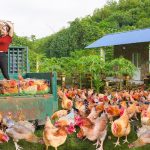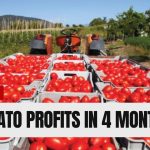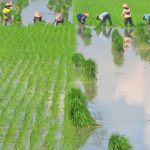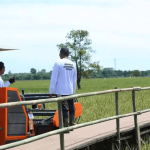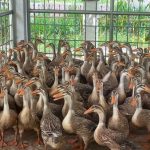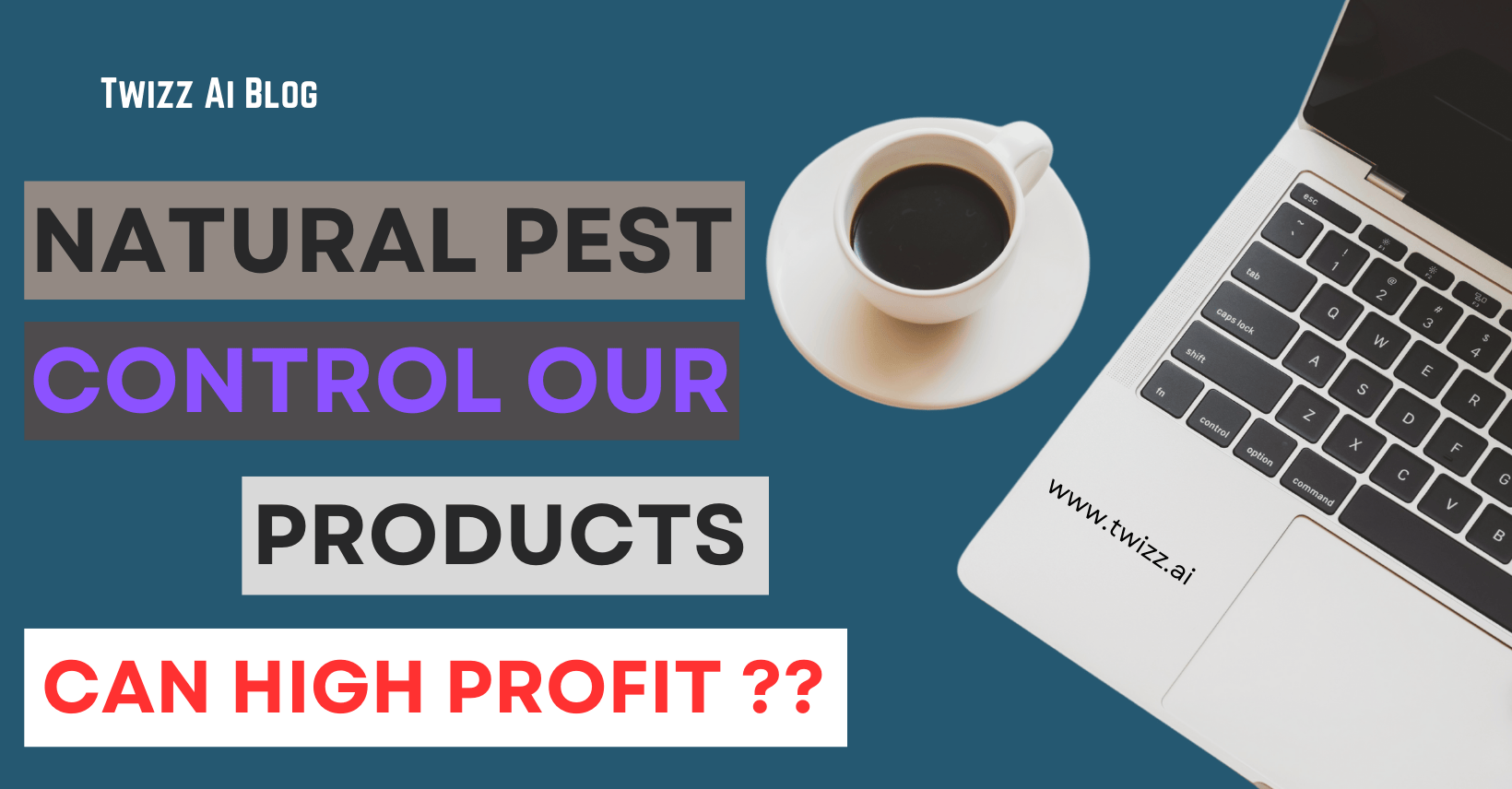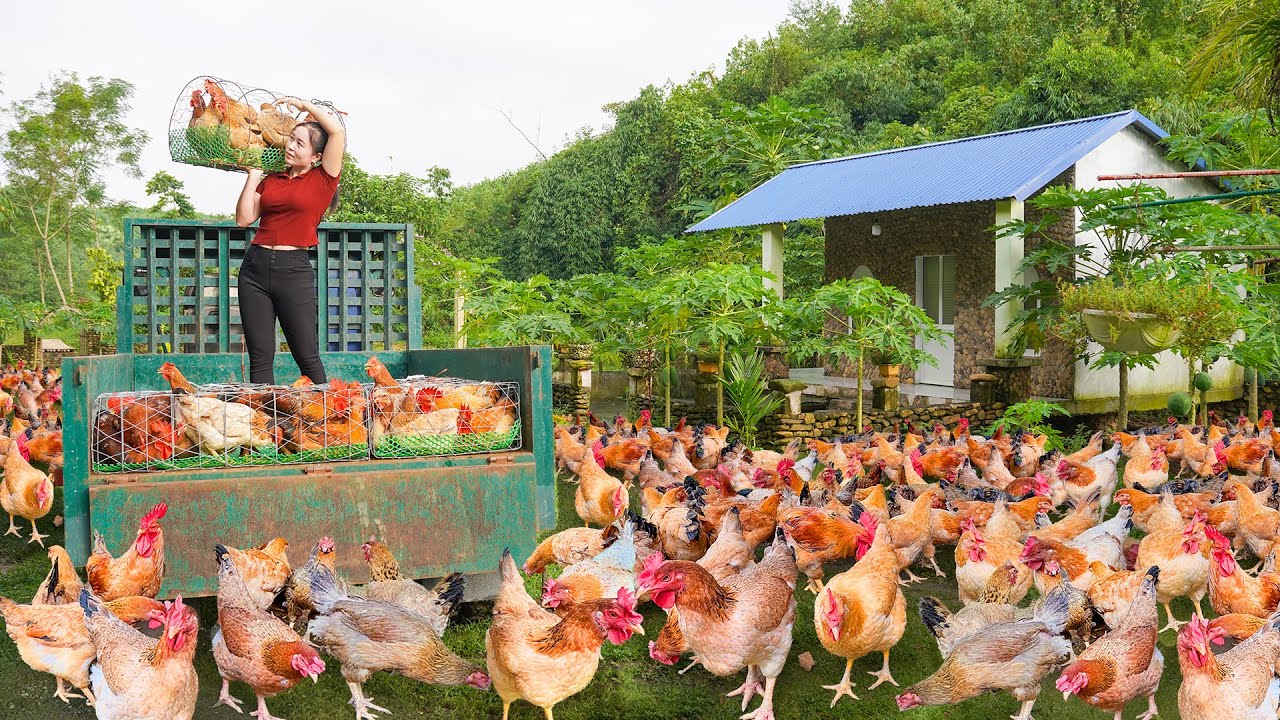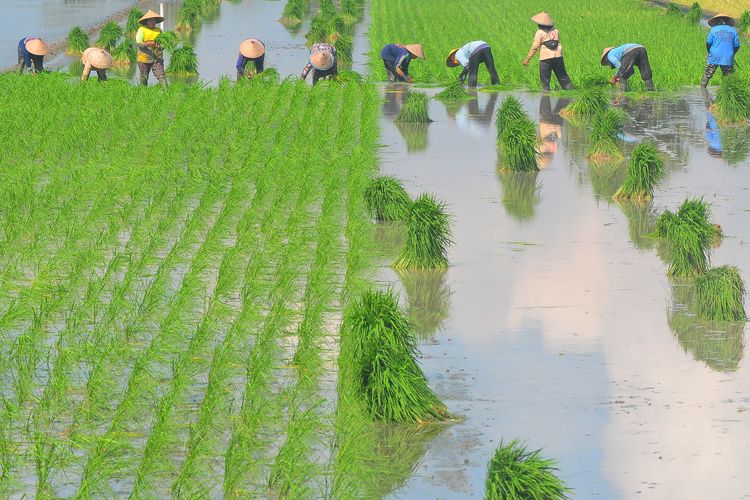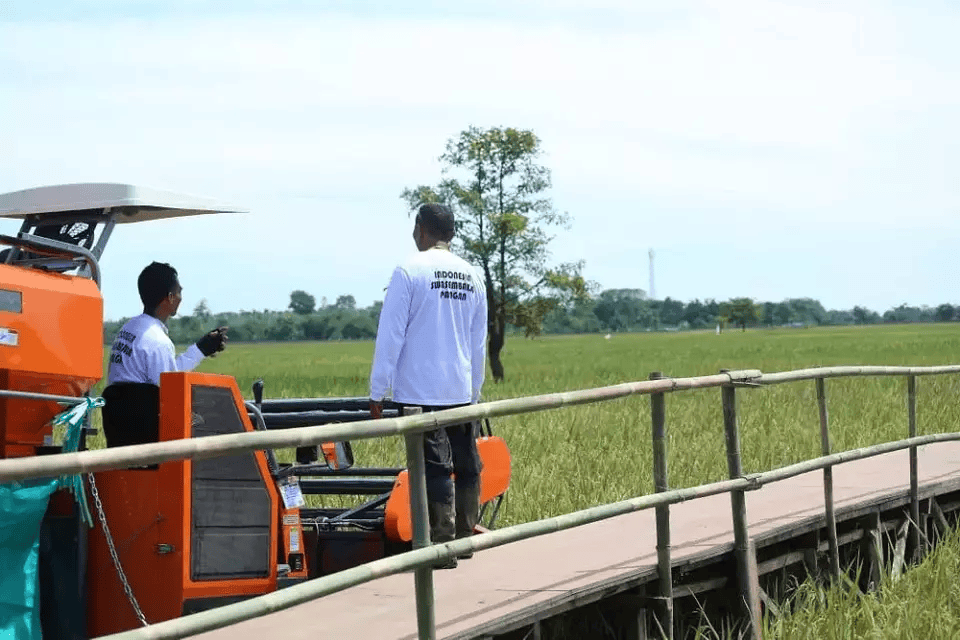Introduction to the Venture Narrative
The genesis of an enterprise devoted to crafting natural pest control formulations often springs from an amalgam of personal tribulations and ecological convictions. Picture a botanist who encounters a devastating aphid infestation within a cherished greenhouse. Frustrated by synthetic chemical regimens that harm beneficial insects and leach into waterways, the botanist embarks on a quest to conjure balms derived from indigenous plant extracts. That odyssey yields an artisanal concoction teeming with neem oil, diatomaceous earth and essential oils whose synergistic efficacy rivals conventional pesticides. This prologue underscores the profound intent behind the initiative and frames the ensuing discourse for readers versed in agronomy, chemistry and entrepreneurial praxis.
Market Landscape and Competitive Topography
Global Demand Dynamics
Worldwide exigency for eco-conscious pest abatement continues its inexorable ascent as regulators and consumers eschew petrochemical residues. Surveys reveal that markets in North America and Western Europe exhibit per capita expenditure on organic pest control at an annual growth rate surpassing fifteen percent. Emerging economies in Southeast Asia show nascent yet robust uptake, especially among cash-crop cultivators seeking residue-free yields.
Competitor Archetypes
Among incumbent actors one discerns three principal strata
-
Legacy agrochemical titans who have branched into bioinsecticides
-
Niche artisanal labs offering small-batch botanical sprays
-
Contract manufacturers specializing in granular biopesticides
A sagacious founder must articulate a unique value proposition distinguished by proprietary extraction protocols, superior shelf stability and verifiable ecotoxicological credentials.
Formulation Science and Raw Material Sourcing
Selecting Botanical Actuators
The cornerstone of any natural pest deterrent resides in efficacious active constituents. Neem derivatives, spinosad from Saccharopolyspora spinosa cultures and pyrethrins extracted from Chrysanthemum cinerariifolium furnish a versatile arsenal. Advanced practitioners explore allelochemicals from lesser-known species such as garlic mustard and horsetail to address niche pests.
Ethical Supply Chains
Sourcing must align with fair-trade principles and biodiversity conservation. Partnering with community co-operatives in biodiverse enclaves ensures traceable harvests. Implementing auditable chain-of-custody frameworks mitigates risk of adulteration and provides a compelling narrative for premium positioning.
Pilot Production and Process Optimization
Laboratory-Scale Prototyping
Initial batches benefit from bench-top reactors and rotary evaporators to refine extraction yields. Empirical design of experiments pinpoints the optimal solvent ratios and processing temperatures that maximize bioactivity while preserving delicate terpenoids.
Scale-Up Considerations
Transitioning to pilot-scale necessitates compliance with Good Manufacturing Practice mandates. Equipment such as jacketed kettles, spray dryers and closed-loop concentrators can recapitulate laboratory efficiencies. Process analytical technology integration allows real-time monitoring of active compound concentrations and moisture content.
Regulatory Compliance and Certification Pathways
International Statutory Regimes
Navigating regulatory mosaics demands registration with entities such as the Environmental Protection Agency in the United States and analogous bodies in the European Union and Japan. Submitting toxicological dossiers along with field efficacy trials constitutes the bulk of preparatory work.
Organic and Ecocert Accreditation
Securing certification from reputable bodies like USDA Organic, Ecocert and OMRI elevates brand credibility. The audit process includes facility inspections, traceability audits and stipulations on acceptable adjuvants and carriers.
Branding Strategy and Domain Creative
Crafting a Distinctive Persona
An evocative brand identity resonates deeply with horticultural aficionados and commercial agronomists alike. Consider nomenclature that evokes botanical heritage or ancestral wisdom. Emblematic logos featuring stylized leaf motifs and terracotta hues convey authenticity.
Storytelling and Intent-Driven Messaging
Embed narratives of rural artisanship and ecological stewardship within packaging inserts and digital media. Sharing anecdotes of rural harvesters and microloan beneficiaries forges emotional connectivity and amplifies perceived value.
Multi-Channel Distribution and Sales Architecture
Direct to Consumer Platforms
Leveraging an e-commerce portal optimized for mobile and desktop interfaces facilitates seamless ordering. Implement subscription models offering curated assortments to foster recurring revenue streams.
Wholesale and Institutional Partnerships
Engage distributors servicing landscape professionals, horticultural societies and public parks departments. Form alliances with permaculture educational centers to embed products within training curriculums.
Marketing Tactics for the Expert Audience
Content-Driven Thought Leadership
Publish peer-reviewed white papers on field trial outcomes in agronomic journals. Host webinars with subject-matter authorities to dissect integrated pest management methodologies.
Experiential Demonstrations
Organize field days wherein participants witness biodynamic pest suppression in situ. Deploy portable application rigs for on-site workshops at agricultural expos.
Financial Modelling and Scalability Blueprint
Cost Structure Analysis
Disaggregate fixed costs such as facility amortization and variable costs including raw materials, labour and packaging. Employ activity-based costing to allocate expenses with granularity.
Revenue Projections and Break-Even Horizon
Construct spreadsheet models forecasting sales across distinct channels. Sensitivity analyses around price elasticity and raw material price volatility inform strategic pivots. A realistic break-even target often materializes within two to three fiscal years if annual revenue growth sustains above twenty percent.
Operational Excellence and Quality Assurance
Standard Operating Protocols
Document every process step from harvest intake to final packaging. Implement ISO 9001 aligned quality management systems to perpetually refine operational efficiency.
Analytical Rigour
Utilize high-performance liquid chromatography and gas chromatography–mass spectrometry to validate active ingredient concentrations. Routine microbial challenge tests guarantee product stability and safety.
Conclusion and Future Vision
The odyssey of founding a natural pest control products business encompasses scientific ingenuity, ethical stewardship and strategic market navigation. By weaving together botanical alchemy and entrepreneurial acumen one can pioneer eco-friendly solutions that safeguard both crops and ecosystems. As the global momentum towards sustainable agriculture accelerates this enterprise archetype offers fertile ground for perspicacious innovators.
